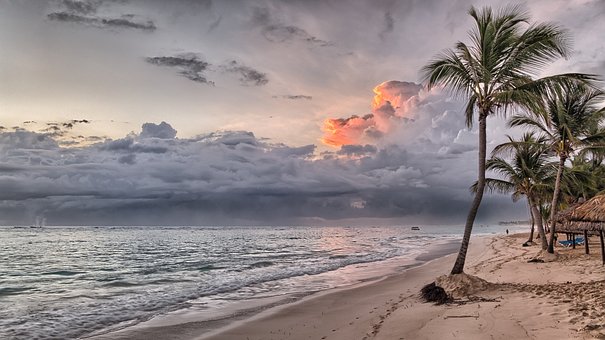
Beneath the water
Have you wondered what you will find Beneath the water? Life beneath the water is breathtaking.
Beneath the water
Victoria Amazonica is the largest member of the water lily family (Nymphaeaceae). It was previously called Victoria Regia, the name the English botanist John Lindley called the plant in October 1837 as the first specialist to publish a description of the genus based on samples received by the Botanical Society of London, of which he was a distinguished member. The name – Victoria Regia was chosen in honor of Britain’s new monarch Queen Victoria, who was an eighteen-year-old girl when she succeeded her father William IV to the throne in June 1837.
The discovery of this most magnificent of all the Amazon’s aquatic plants was announced in 1801 by the Bohemian-born botanist Thaddäus Haenke. Thaddäus was a member of the Malaspina Expedition, which explored much of the Pacific basin, including coastal North and South America, Australia, and New Zealand.
This giant water lily has enormous round leaves with upturned rims, which measure up to 3 meters (almost 10 feet) in diameter. It is held in place by a ribbed undersurface anchored to a submerged stalk. These large leaves float on the surface of bodies of water within the Amazon basin.

The stalks of Victoria Amazonica can grow up to 8 meters (26 feet) in length, embedded in the mud at the bottom of lakes or rivers.
The preferred habitat of Victoria Amazonica is the oxbow lakes of South America’s rainforests. These are shallow bodies of water that curve or meander formed by slow-moving rivers as the waters wind their way through the lowland forests of the Amazon basin. Oxbow lakes are among the best places in the Amazon for observing a wide variety of rainforest fauna, including caimans, birds, and mammals such as the giant otter.
At first, the leaves of Victoria Amazonica appear as spiny structures before they begin to expand at a rate of up to half a meter (almost 20 inches) a day. The waxy upper surface of the leaf possesses water repellent properties. The underside of the leaf is protected from herbivorous fish species by a series of sharp spines. Air is trapped between the structural ribs on the rough side of the leaf, keeping the plant afloat.
In addition to their great size, these giant water lilies are remarkable for the flowers they produce. The flowers last for just 48 hours and only emerge at night. When they first open, the flowers are white; on the second night, they take on a purple-red hue. The flowers of this uncommonly large and beautiful plant sometimes measure up to 40 centimeters in diameter.
Victoria Amazonica water lilies are pollinated by beetles, which on the first night of the flower’s life are attracted by the sweet pineapple-like scent they produce. The beetles are then trapped within the petals as they close. The following day, the plant changes from female to male and begins to produce pollen. When the flower opens on the second night, it no longer emits its sweet scent, and the beetle, now coated in pollen, continues on its way, flying to the white flower of another water lily and repeating the process. Once the flower has completed its reproductive task, it closes, and the plant is submerged beneath the water.
